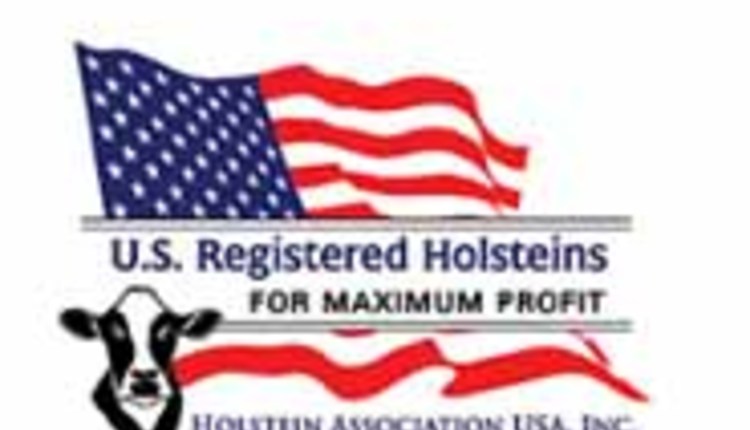The author is the dairy development manager for Vita Plus of Madison, Wis. He is a member of the board of directors with Citizens State Bank of Loyal, Wis.
After 4-1/2 years of difficult milk prices, having an income that reaches over the edge of the cost of production (COP) means that there is finally some extra cash. Adding to the normal dairy income, there are a few dairy-centric government programs that should also add some dollars to the checkbook. Now, the question is, where is the best place to plug some of the holes?

Make a priority list
- The first place to start is to draw up a current balance sheet. If one must, call the supplier to find out the accurate balance and interest owed on the accounts. Updating the lender loan balances will also help to monitor where the total farm debt is and the existing balance of operating lines of credit (LOC).
- It always feels good to clean up one bill at a time. It is encouraging to watch them drop off of the list. However, with the past low milk prices, there will be several bills to be paid. It may be necessary to send some money to a number of accounts to show good faith in the attempt to get caught up.
- Another logical place to start is with the highest interest rate accounts. In some cases, that may be credit card accounts that were used when it was necessary to find quick money.
- Once the accounts with suppliers are under control, the next best place may be with the lender line of credit or LOC. Paying some of the balances down has a couple of advantages. First of all, it gives the lender further confidence in your money management ability. It shows that there is a desire to pay down the principal that has been made available.
While it may not be possible to pay the LOC in full, paying down some of the balance will allow a cushion for future needs. In some cases, the lender documents may require the entire amount of the LOC to be paid in full at year’s end. Other LOC notes may ask for only a percentage of the outstanding balance to be paid down each month.
It is best to clarify this with the lender. If the LOC is paid in full, make sure it can be renewed for continued use in the future. - Once the payables and LOC are under control, there is nothing wrong with building some cash in the checking account. Many dairy producers feel money sitting in the checking account is wasted or not working for them. It sure does come in handy, though, when milk drops or buying opportunities arise.
What would be the right balance to have? That totally depends on the owner. One hundred dollars to $250 per cow would be a starting point to consider. - As is the case with all farms,there is equipment to be replaced. Cow comfort and machinery that milks, feeds, and moves manure should take priority. Here is where a “needs” list is helpful.
- Some dairy farmers feel that when extra cash starts to accumulate, it is time to pay off other term loans with the lender. These are loans on cattle, machinery, and real estate. In an effort to conserve some cash after bills are paid, making extra term payments needs extra thought.
Talk it over with your lender before extra payments are made on loans. If additional principal is paid on loans to get the money back in times of need, it will require rewriting the loan. That will take some paperwork and a recommitment on the lender’s part. If it is a real estate loan to be rewritten, a new appraisal may have to be ordered and a new mortgage filed. Be aware of the extra costs when refinancing real estate loans.











